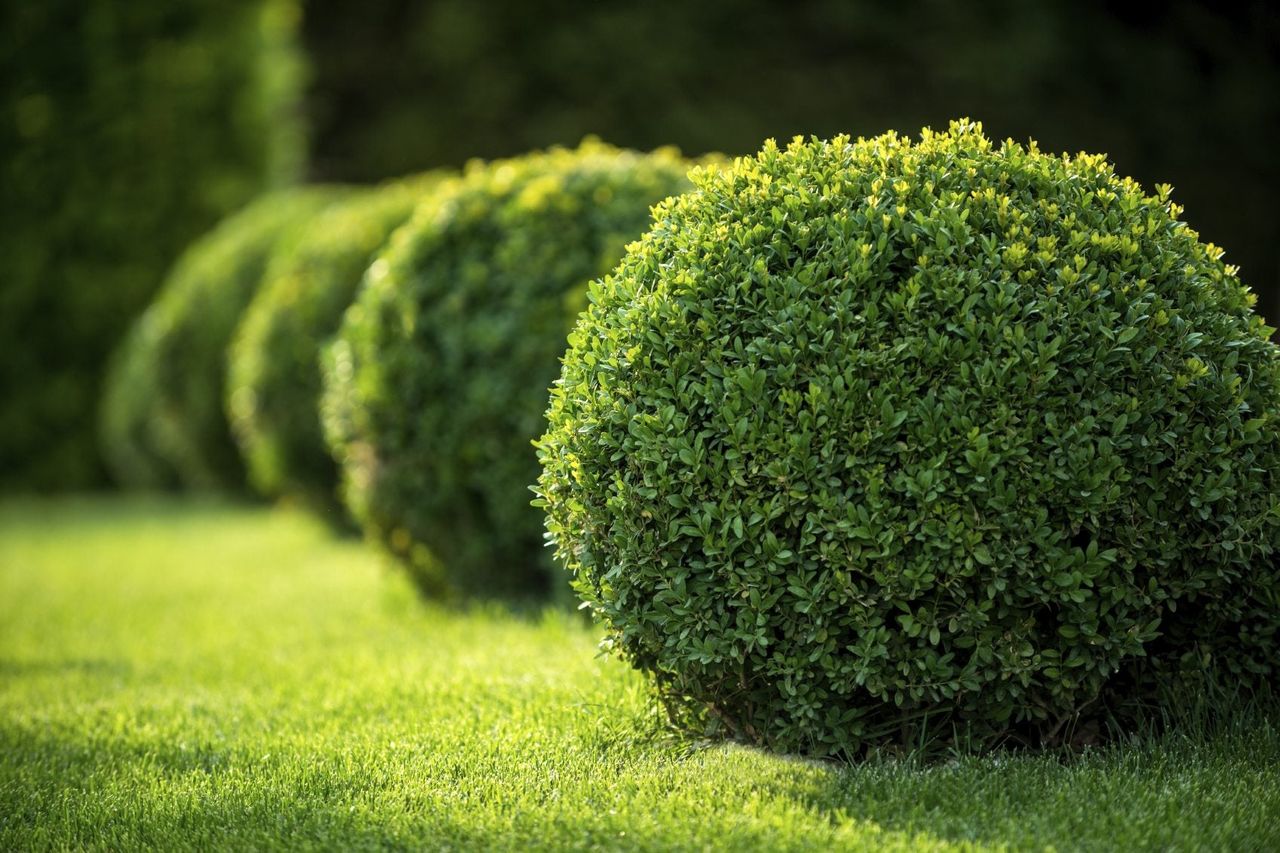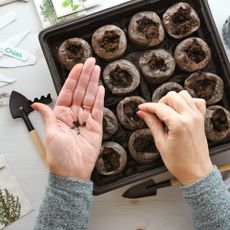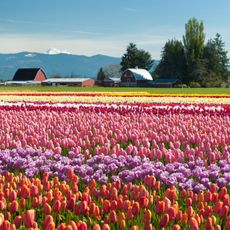Fertilizer For Boxwood Shrubs: Tips On Fertilizing Boxwoods


Healthy boxwood plants have lush green leaves, but to keep your shrubs looking their best, you may need to offer them boxwood plant food. When you see yellowing – foliage that turns a pale yellow or has marked yellow edges – it’s time to start reading up on boxwood fertilizer requirements. For more information on appropriate fertilizer for boxwood shrubs, read on.
Fertilizing Boxwoods
Your boxwoods may grow happily without added nutrition, depending on the soil. It’s best to get a soil test to figure out the product to use for boxwood fertilizing but, generally, loamy and clay soils require less fertilizer than sandy soils.
One sign that your shrubs lack nitrogen is a general yellowing of the lower, older boxwood leaves. Leaves get smaller and thinner and may turn bronze in the winter if they receive inadequate nitrogen.
They may also fall off earlier than normal. Fertilizer for boxwood shrubs usually contains nitrogen, phosphorus and potassium as primary ingredients. The fertilizer formula is listed on the packaging with three numbers, reflecting these NPK percentages in the product.
Boxwood Fertilizer Requirements
Experts recommend that you use fertilizer with a 10-6-4 formula, unless your soil testing shows a specific deficit. When you are fertilizing boxwoods, you’ll want to be sure that the product includes magnesium, since this enhances the color of the shrub foliage. Using seaweed calcium as a boxwood plant food can also provide trace elements.
Tips on Boxwood Fertilizing
Apply boxwood plant food in the late fall for best results. Buy a granular fertilizer for boxwood shrubs and sprinkle the correct amount – listed on the packaging – around the base of the shrubs near the drip line. This is the most effective way of meeting your boxwood fertilizer requirement since the most active roots are located near the drip line.
You also avoid burning the roots by using surface application for boxwood fertilizing. Don’t use too much fertilizer since this can be just as bad as inadequate amounts. It can kill the shrub. So apply the appropriate amount. To be even safer, broadcast the boxwood plant food over several inches (10 cm.) of mulch after the area has been thoroughly irrigated.
Gardening tips, videos, info and more delivered right to your inbox!
Sign up for the Gardening Know How newsletter today and receive a free download of our DIY eBook "Bring Your Garden Indoors: 13 DIY Projects For Fall And Winter".

Teo Spengler has been gardening for 30 years. She is a docent at the San Francisco Botanical Garden. Her passion is trees, 250 of which she has planted on her land in France.
-
 When To Start Seeds Indoors For Bigger Harvests & More Beautiful Blooms
When To Start Seeds Indoors For Bigger Harvests & More Beautiful BloomsBoost your garden's productivity by learning the best times to start seeds indoors – including a month-by-month guide for crops and flowers.
By Bonnie L. Grant
-
 10 Fabulous Flower Festivals To Visit – Enjoy The Ultimate Inspiration For Your Garden
10 Fabulous Flower Festivals To Visit – Enjoy The Ultimate Inspiration For Your GardenStuck for garden inspiration and looking for more ideas on making your backyard notions a reality? Here are 10 flower festivals to help you unlock your growing potential
By Bonnie L. Grant